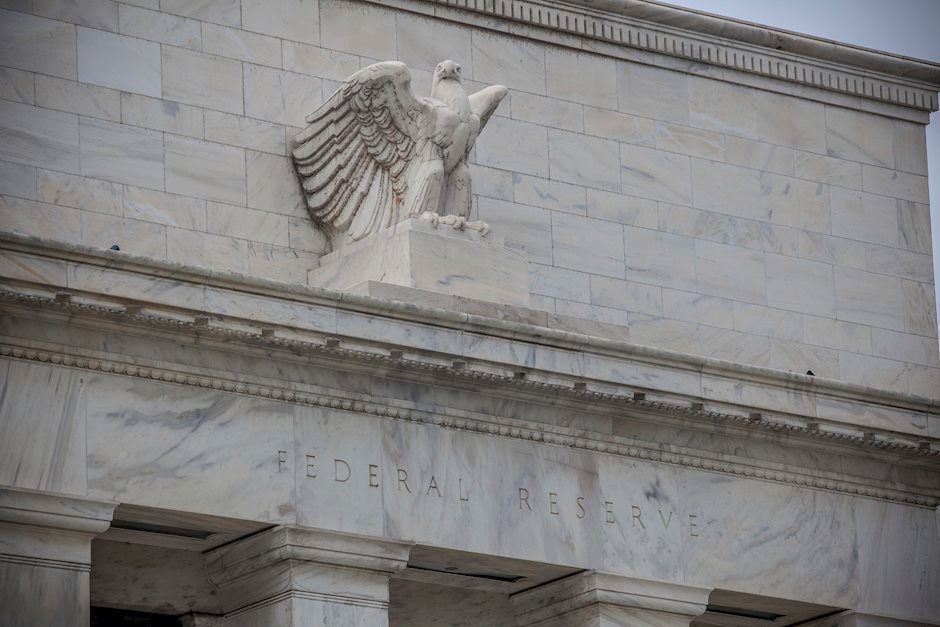Fed decision run-down: 4 reasons why the Dollar dropped
- The Federal Reserve left the interest rate unchanged as expected but made some tweaks to the statement.
- An acknowledgment of slower growth and a hint that higher inflation may be tolerated stand out.
- Profit-taking may have also played a significant role in the reaction.

The Federal Reserve left the interest rate unchanged at 1.50% to 1.75% as widely expected. Markets took their time with reacting to the statement before the US Dollar dropped.
Why the Dollar dropped
1) Symmetric inflation: The word "symmetric" was added to the statement in referring to the inflation target. Markets see this is a hint that the Fed may allow inflation to run high for some time after it has run low for quite a while. Allowing higher inflation means not raising rates too fast.
2) Moderation: The Federal Reserve used to the word used by ECB President Mario Draghi to describe the slowdown. The economy is seen as growing at a moderate rate, and household spending has moderate since Q4.
3) Future now unknown: The Fed also removed the line saying that the outlook has improved. If the prospects are not better, there is no reason to accelerate raising rates.
4) Profit-taking: The last reason the US Dollar fell on the FOMC is the rise of the US Dollar beforehand. The greenback gained ground in the hours prior to the publication and in the past several weeks. This came hand in hand with rising bond yields. A more hawkish statement may have already been priced in, and profit taking makes a lot of sense after such solid moves.
All in all, the combination of some cautious words and profit-taking weighed on the US Dollar. What is next? The US economy continues outperforming other major economies on growth and inflation. A resumption of the rises may come after the dust from the May FOMC settles. And as always, markets will be data-dependent, and Friday's Non-Farm Payrolls report is of high importance.
Author

Yohay Elam
FXStreet
Yohay is in Forex since 2008 when he founded Forex Crunch, a blog crafted in his free time that turned into a fully-fledged currency website later sold to Finixio.

















